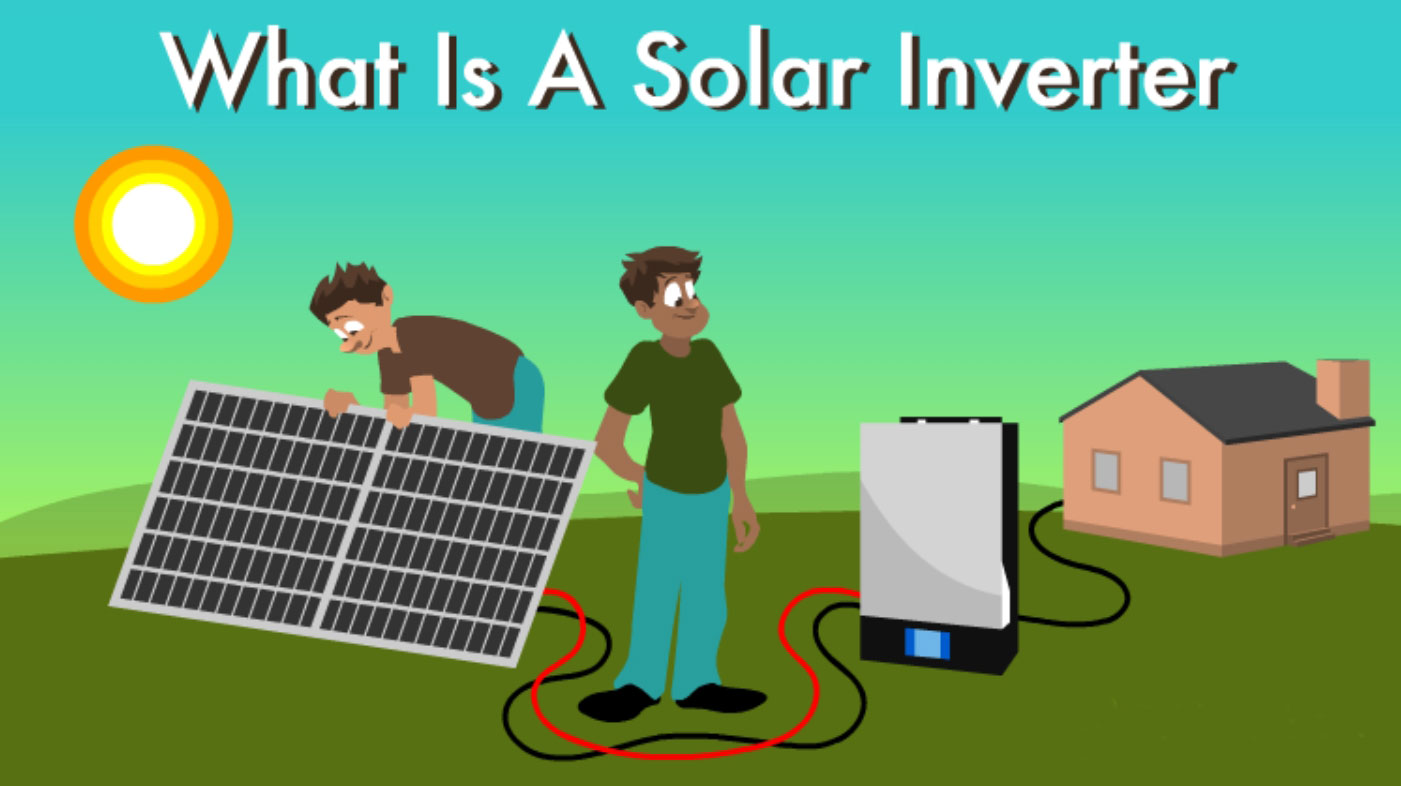
Several trends and innovations have been shaping the landscape of solar inverter technology. Here are some of the latest advancements:
- Increased Efficiency: Continuous efforts are being made to improve the efficiency of solar inverters. This includes advancements in power electronics, such as the use of silicon carbide (SiC) and gallium nitride (GaN) semiconductors, which can operate at higher frequencies and temperatures, reducing energy losses and increasing overall efficiency.
- Hybrid and Multi-Mode Inverters: With the growing popularity of energy storage systems, hybrid inverters capable of managing both solar PV generation and battery storage are becoming more prevalent. These inverters allow homeowners to maximize self-consumption of solar energy and provide backup power during grid outages. Furthermore, multi-mode inverters are emerging, offering flexibility to operate in grid-tied, off-grid, or hybrid modes, depending on user preferences and system requirements.
- Enhanced Monitoring and Control: Advanced monitoring and control features are being integrated into solar inverters, allowing for real-time performance tracking, remote diagnostics, and predictive maintenance. These capabilities enable system owners to optimize energy production, identify issues promptly, and improve overall system reliability.
- Smart Grid Integration: Solar inverters are increasingly equipped with smart grid functionalities to support grid stability and demand response initiatives. This includes capabilities such as voltage and frequency regulation, reactive power control, and grid support during disturbances. Smart inverters can also facilitate bi-directional communication with utility networks for enhanced grid management and integration of renewable energy resources.
- Modularity and Scalability: Modular inverter designs are gaining traction, offering scalability and flexibility to accommodate varying system sizes and configurations. Modular inverters allow for easier installation, expansion, and maintenance of solar energy systems, making them suitable for both residential and commercial applications.
- Improved Durability and Reliability: Manufacturers are focusing on enhancing the durability and reliability of solar inverters to prolong their lifespan and reduce maintenance requirements. This includes ruggedized designs, advanced cooling systems, and robust construction materials to withstand harsh environmental conditions and ensure long-term performance in diverse climates.
- Grid-Forming Inverters: Grid-forming inverters represent a significant innovation in solar inverter technology. Unlike traditional grid-following inverters, which require a stable grid connection to operate, grid-forming inverters can establish and maintain grid stability autonomously. These inverters have the potential to support standalone microgrids or operate in islanded mode during grid disturbances, enhancing energy resilience and grid flexibility.
- Artificial Intelligence and Machine Learning: AI and machine learning algorithms are being deployed in solar inverters to optimize performance, predict system failures, and adapt to changing environmental conditions. These intelligent features enable inverters to learn from historical data, identify patterns, and make real-time adjustments to maximize energy yield and efficiency.
Overall, the latest trends and innovations in solar inverter technology are focused on improving efficiency, reliability, flexibility, and grid integration capabilities. As solar energy continues to play a pivotal role in the global energy transition, advancements in inverter technology will drive further adoption and integration of renewable energy resources into the electricity grid.
